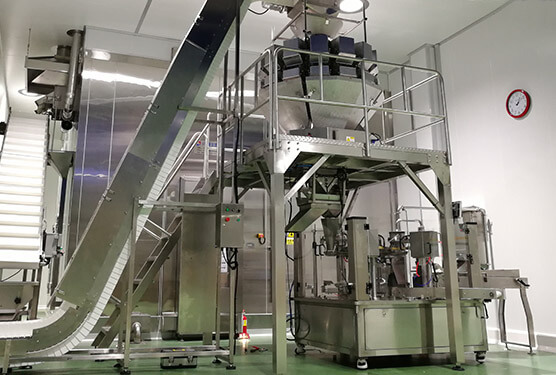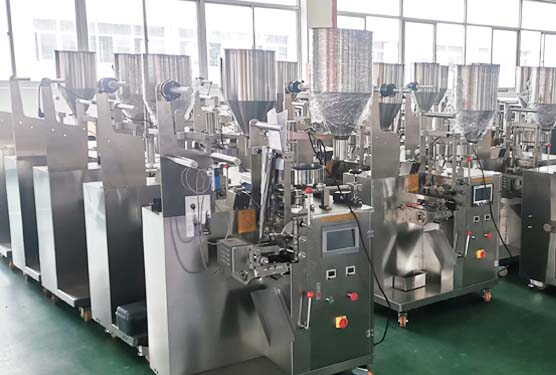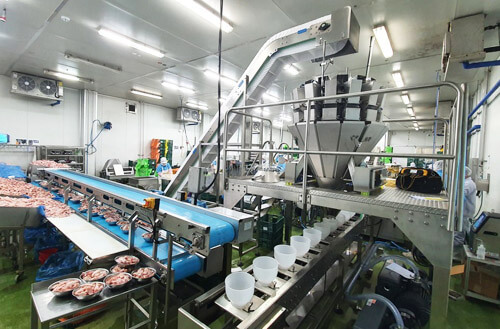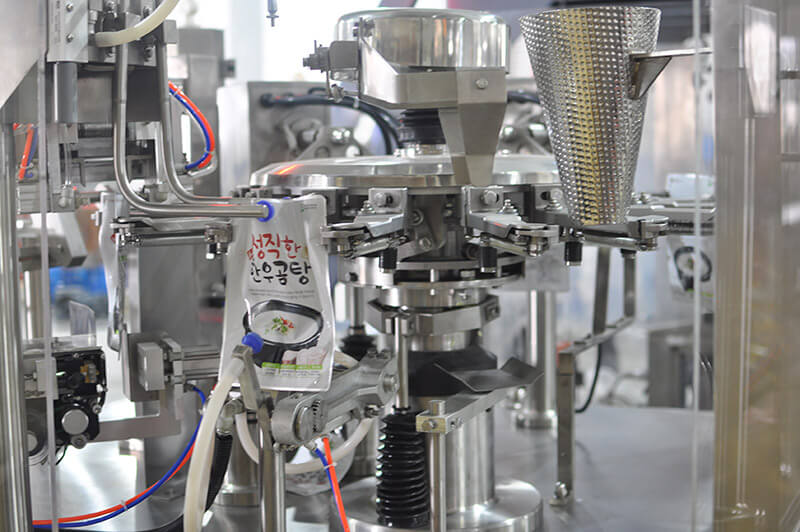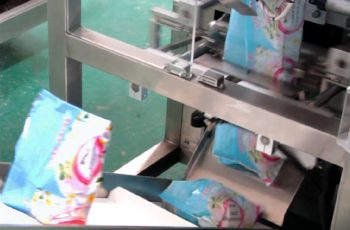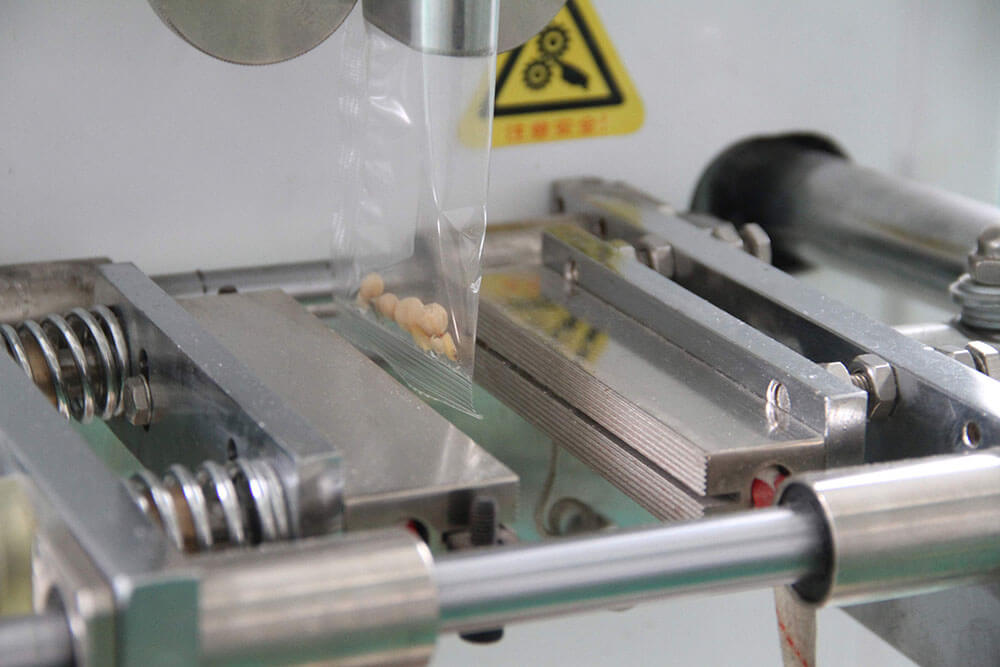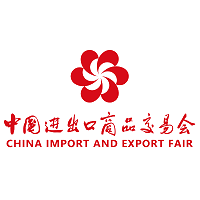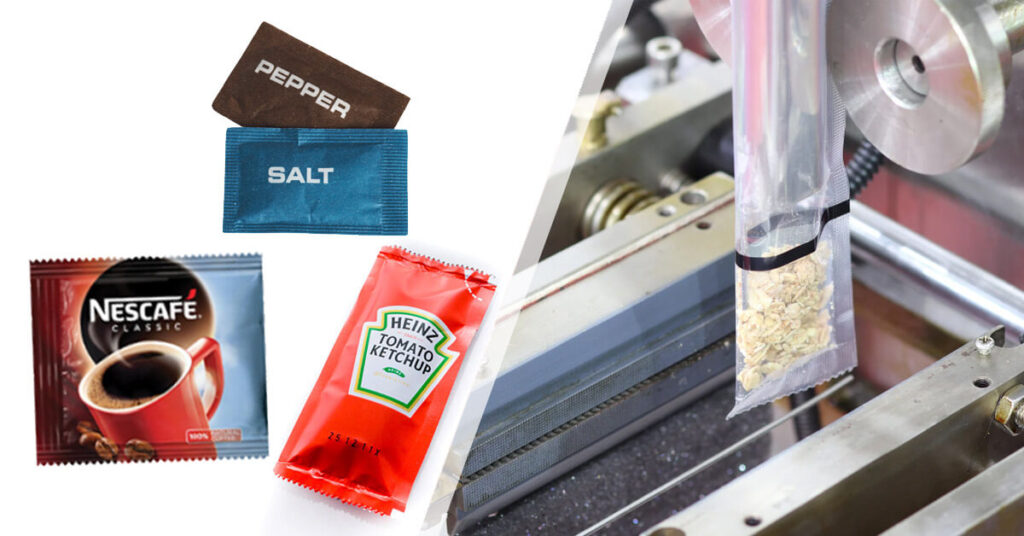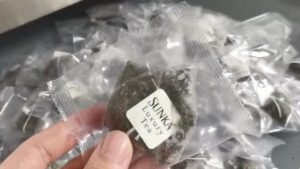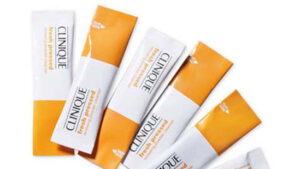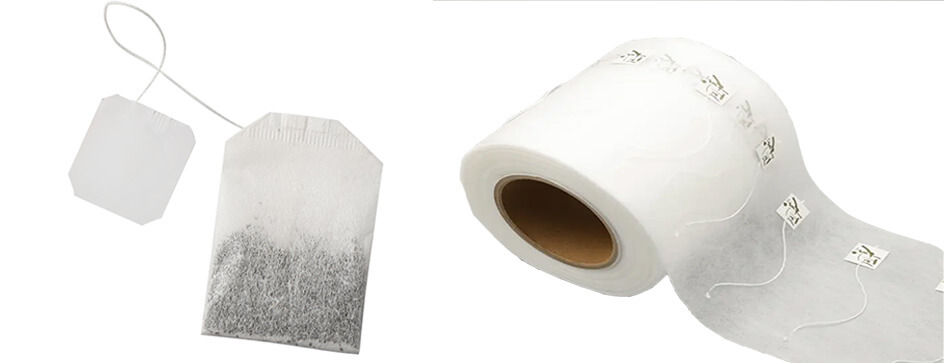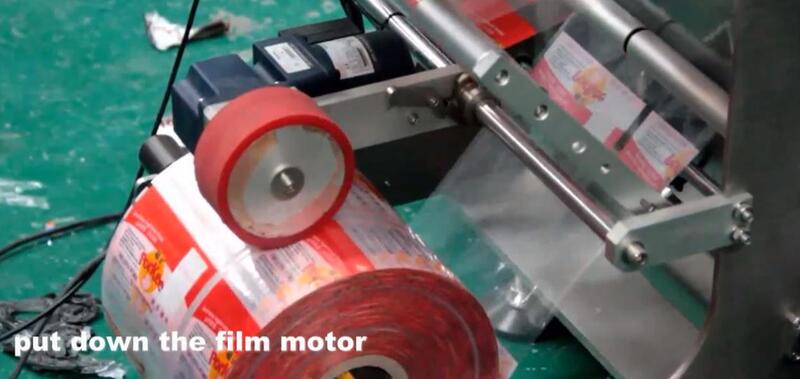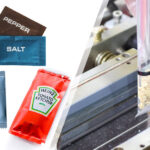Are you planning to include a sachet in your business? Or are you just simply curious about sachet packaging?
Whatever the reason is, this is the ultimate guide for you to explore everything about sachets. If you notice, you will find sachets almost everywhere in your home, from the kitchen to the washroom.
In this article, I will mention the types, applications, and manufacturing processes of sachets. So, stay locked into this write-up to get an overall idea.
What Is Sachet?
A sachet is a one-time-use small pouch or bag with sealing on three or four sides. These portable tiny pouches have an easy opening system on the edge.
Also, sachet packaging contains various products like food, medicine, or cosmetics for a single serving. Generally, materials like plastic, paper, aluminum foil, or laminated film are used to make sachets.
Types Of Sachets
The types of sachets vary depending on the item it contains. In this section, I will describe some common types in detail-
Based On Need
- Standard (3,4 Side Seal): Standard size sachet is widely used and comes in many dimensions in the market. For instance, three and four sides sealed sachet. Sometimes, three sides of the sachet are sealed after filling the sachet. In many cases, all four sides are sealed, and an edge on the side is kept to open the sachet.

- Strip: You will see strip sachets in multipacks hanging in departmental stores. More often, single-dose medicines and coffee are sold in long strips. There is a premade opening line between two strips so that consumers can easily take out one sachet at a time.
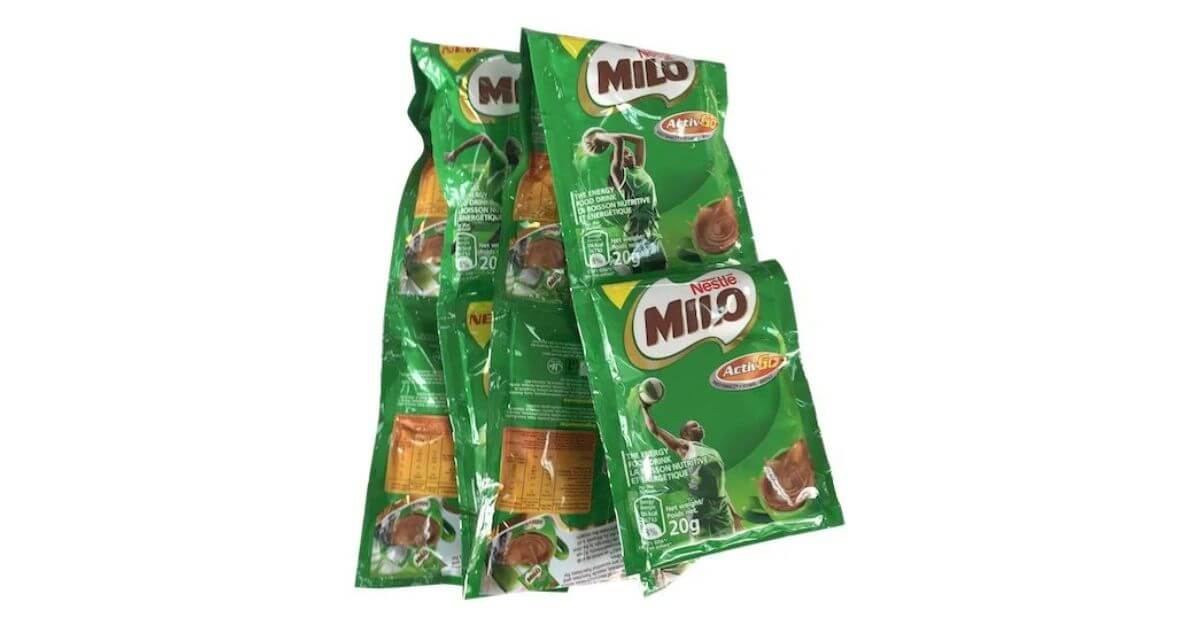
- Twin: If you want to provide two different products together to your customer, this is the right choice for you. Twin sachets come with two attached sachets with easy opening systems. This sachet is also customized and can be added to three sachets altogether.
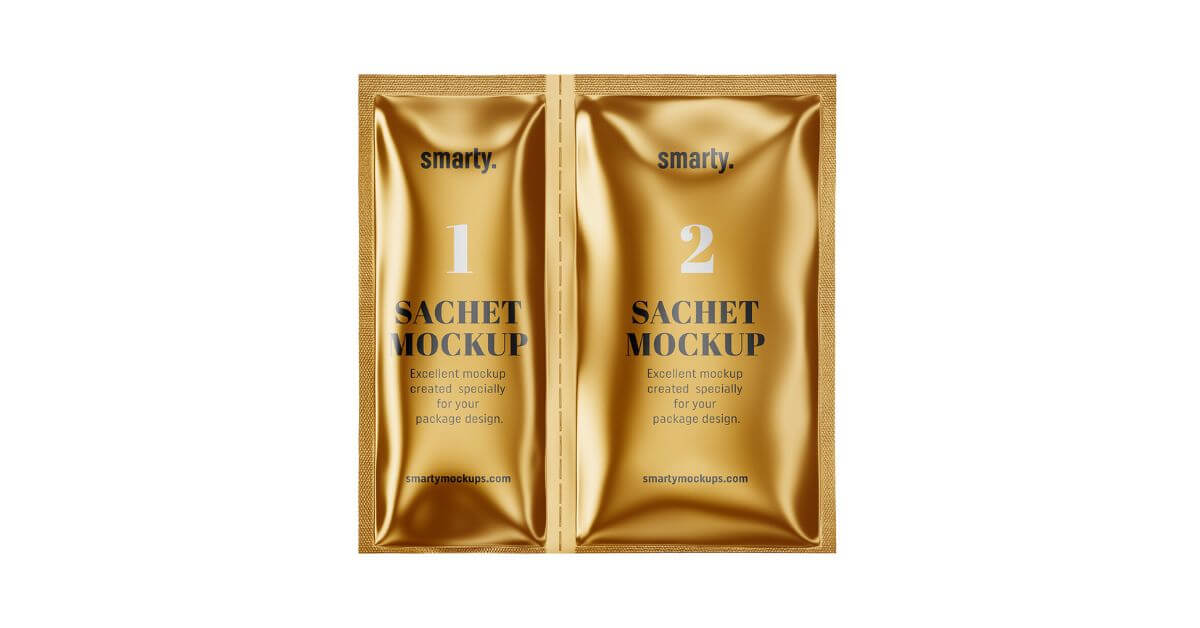
- Shaped/ custom size: With the customization option, you can easily make sachets based on your products and preferences. So, try to make a unique sachet; this way, customers will be attracted to the sachet design, and your sales rate will increase.
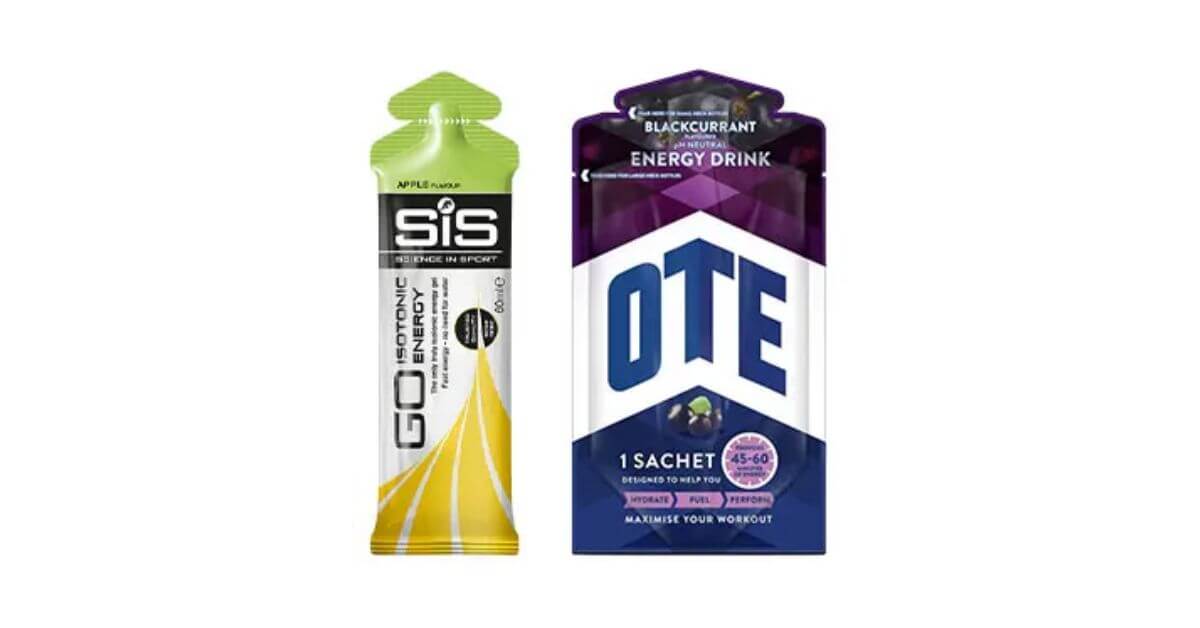
- Bag in bag: To ensure the quality of the product, it is packed here in two bags. First, the product is filled in a bag. Again, the bag is put inside another bag. This sachet type is especially useful for sensitive chemicals or pharmaceutical products.
Based On The Materials
- Plastic: Plastic film is one of the most reliable options for your sachet packaging cases. For instance, polyethylene (PE) or polypropylene (PP) are popular materials for making thin films of sachet strips. Here, PET/PE, PET/MPET/PE, or NY/PE material structures are used to make the sachets.
- Paper: If you want to pack powdered items such as sugar and salt, paper is the right choice for your sachet packaging. This material structure is used here to make strips, which are then attached to heat-sealed seams. However, the main benefit of using paper is that it is a cost-effective strategy.
- Non-woven Fabric: Polyester is a non-woven fabric material used for sachet packaging. From instant coffee to tea leaves, you can use a sachet made of this material.
- Multilayer Laminated Film: A multilayer of different materials such as plastic(PE, PET, PVC), aluminum foil and paper is coated together to provide excellent barrier properties against moisture, oxygen, and light. This is the most common packaging film used to make sachets.
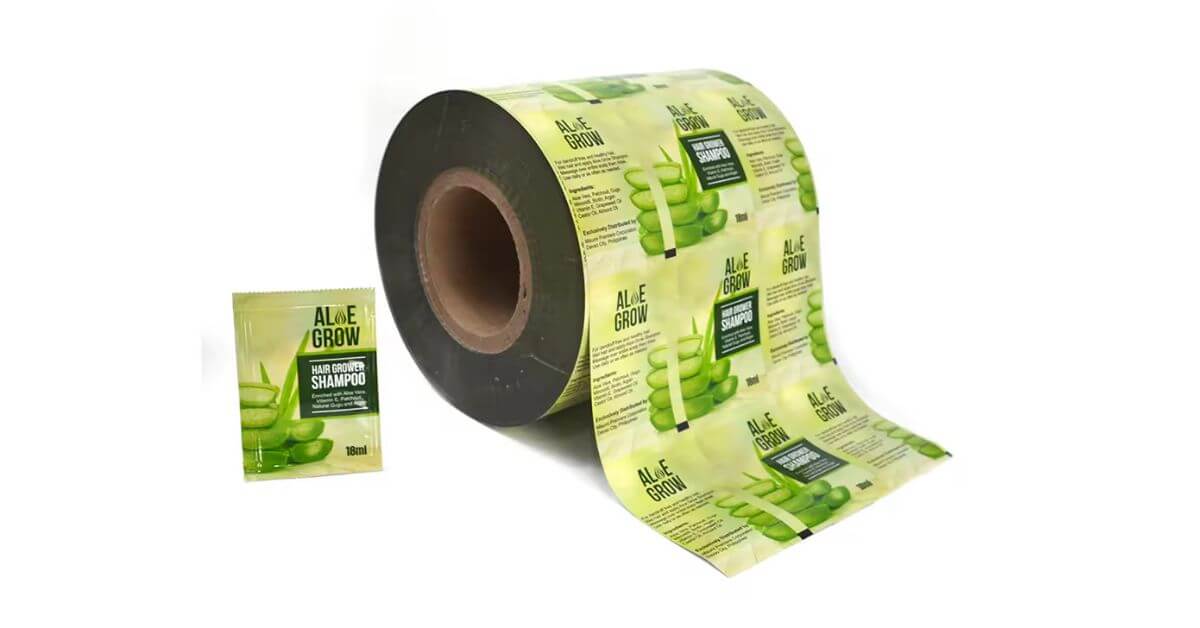
Application of Sachet Packaging
Due to the diversified usage of sachet packaging, it is widely used in different industries. A list of applications for sachet packaging is below.
In Pharmaceutical Industry
Sachet packaging is used by the healthcare sector worldwide for its user-friendly features. Single-dose medicine, supplements, or over-the-counter medicines can be easily offered in sachets. Each sachet ensures the exact quantity and quality of the medicinal product. Both solid and liquid medicine are marketed to the customers through sachets.
In Cosmetics Industry
Cosmetics or personal care products are necessary in small quantities when you move from one place to another. In such scenarios, carrying heavy bottles of products is not convenient. Tiny sachets will come in handy for you in this situation to carry shampoo, lotion, cream, makeup items, and many more.
In Food Industry
Sachet packaging is extensively used among food and beverage companies. For example, they offer small solid products like chocolate and jelly beans in portable sachets. Also, granular products like sugar, salt, and spices are provided in tiny sachets. In addition, milk and soft drinks companies often use sachets for the convenience of the customers. So, you will see various products in the food industry that use sachet packaging.
In Tourism Industry
Sachet is preferred by travelers because of its lightweight and portability. That is why travel toiletries and other cleaning products should be provided in sachets for the users. For example, conditioner, oil, toothpaste, and disinfectant wipes can be offered in sachets.
In Agricultural Industry
Agricultural companies use sachet packaging for products like pesticides, seeds, nutrients, fertilizers, and soil treatments. With sachets, consumers will use the products precisely according to their needs and refrain from wasting them.
In Sports Industry
Sports companies use sachet packaging for single-serve nutritional supplements and energy drinks for athletes. The players use these easy-to-use sachets when they are on the go.
Advantages Of Sachet Packaging
Sachets are great for both consumers and manufacturers. Let’s take a deep dive into the advantages of sachet packaging in the next section.
1. Cost Saving Method
Sachet packets can be made through an automated process that reduces overall production costs. A sachet packaging machine produces hundreds or thousands of sachets within a short time. So, you can save both time and money with this automatic packaging method. This machine ensures minimum waste of packaging material and saves your raw material cost.
2. One-time Use
Single-serving products, like coffee, sugar, cream, vitamins, and wipes, are offered in sachets to ensure the customers’ convenience. On top of that, the contents inside the sachets are measured to prevent waste; this way, sachets become more useful than bottles or bags of products. Also, if you want to try a new product without purchasing the bigger bottle, try out the sachets first to save money.
3. Diversified Usages
The sachet packaging has been utilized by food, honey, cosmetics, detergent, and pharmaceutical companies in recent times. Different industries even use sachets for special product promotion. Also, sachet packets contain a wide array of products such as solids, liquids, jelly, granules, and so on.
4. Easy-to-store Packaging Solution
As it comes with a tiny shape and weightless feature, sachets are easy to store and distribute. Also, it allows you to store multiple packages of sachets on a single shelf. In this way, you will be able to save both money and resources in terms of storage and transportation purposes.
5. Customizable Packaging
Sachet packaging offers unique sample-size sachets for branding purposes, which is a good marketing strategy. For instance, you can custom make sachet box packaging, sachet with tear-notch feature, sachet wallet-style packaging, etc, based on needs. Also, try to give it an aesthetic appearance or introduce new opening styles to make it customer-friendly.
6. Portable Sachets
Due to the convenient feature of the sachet, users can take it everywhere without any trouble. This popular choi
Disadvantages Of Sachet Packaging
Apart from benefits, sachet packaging has some drawbacks. Let’s see them here-
- Not Resealable: As sachets are made for one-time use, these are not useful for frequent use. The customers can not keep some portion of the product for later use.
- Maybe Wasteful: After opening the sachet, you need to use all of its content. Otherwise, the leftovers will be wasted.
- Limited Function: Sometimes, the limited-use feature of sachets may be inconvenient for the users. The quantity of a small sachet may not fulfil the customers’ needs in a single serving.
How To Design Sachet Packaging?
Want to impress your target customer? The beautifully designed sachet is a great option for you. Give extra attention and follow the tricks and tips below to make extraordinary sachet packets.
- Unique color combination: The right color of sachet adds significant value to the product. So, choose a unique color combination to grab the customers’ attention. Do not forget to match the sachet color with your product. For example, use bright colors like yellow, red, or green for food products and soothing colors like blue and purple for cosmetic products.
- Right font: Choosing the right font is another crucial element of sachet packet design. You can switch to aesthetic fonts for cosmetic products to impress customers. Also, you can select “Bold” fonts for essential products.
- Eye catchy design: Your sachet packet design should create an impression on the customer. In the store, this will be the first thing for them to notice. So, use a unique design that suits your sachet product.
- Highlighted information: It is challenging to print a lot of information on the sachet packets as they are extremely small. You should highlight only important information that will help the buyers make decisions. For instance, the ingredient list, expiration date, and safety information should be in a clear font on the sachet.
- Product material: You can use paper, plastic or other laminated films as a product material. Make sure that the product material can preserve the quality of the product inside.
- Visual illustration: Images are another thing that catches the buyer’s attention. For example, you can use a photo of a person enjoying a hot cup of coffee to design a coffee sachet. This type of visual illustration will give more information to the customers than a long paragraph.
What Is A Sachet Packing Machine?
A sachet packaging machine uses rolls of laminates to form sachets. Then, it fills, seals, and cuts sachets to make airtight packages.
Therefore, you can use this machine to pack various products such as powder, liquid, solid, granules, and many more into the formed sachets. That is why it is widely used in the food, beverage, cosmetics and pharmaceutical industries.
Types Of Sachet Packing Machines
There are various types of sachet packaging machines in the market. Each type of packing machine has a distinct feature of handling specific products. Let’s take a glance at the common types of sachet packaging machines below.
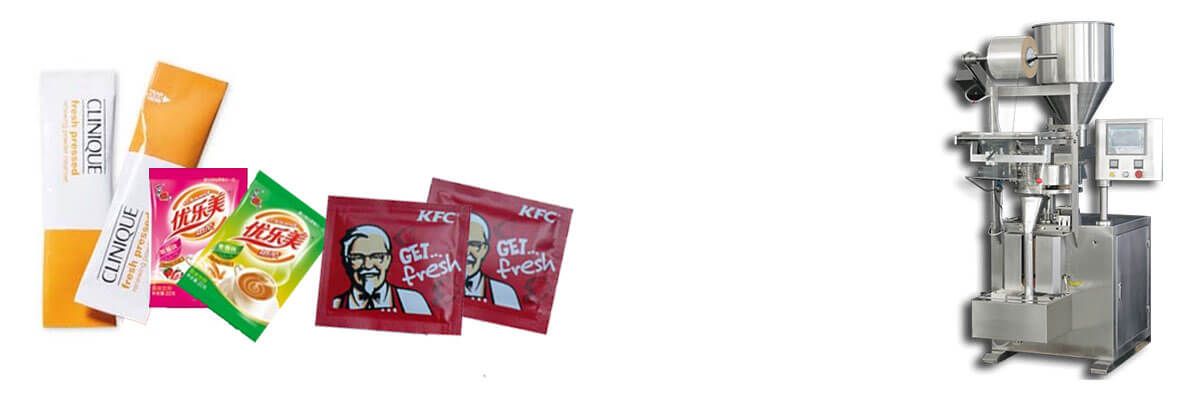
Vertical Form Fill Seal Machine
VFFS machines make sachets from the film and then vertically fill and seal the sachet with particular products. It uses materials made of paper, aluminum, polystyrene, polyethylene, etc. This is one of the most commonly used machines for packing granular and liquid items. For instance, it can pack candy, powder, oats, nuts, beverages, and many more. However, this is popular for packing liquid contents with maximum efficiency.
Horizontal Form Fill Seal Machine
Horizontal form fill seal machine handles packaging sachets horizontally in a specific orientation. If you want to produce solid products like soap, bakery items, or electronics, this machine is best for this. This automatic machine is especially useful for fragile and irregularly shaped products.
Multi-lane Sachet Packaging Machine
If you want the maximum rate of production and higher output, you need to use this multi-lane sachet packaging machine. This machine is widely used to create several sachets at a time. It is a high-speed sachet-packing machine used in the food and pharmaceutical industries.
How Does Sachet Packing Machine Work?
Below, let’s look at the step-by-step process of the mechanism of sachet packaging machines for your better understanding.
- Product Feeding: In the very beginning, start with putting your desired product inside the machine. The large hopper on the upper side of the machine will hold the products and distribute them after forming sachets.
- Sachet Making: In the next step, sachets are formed from the rolls of laminated films. However, you can choose the packaging ingredient that suits the product. Then, the machine will fold and seal the film in the direction of length to form sachets.
- Filling: The hopper on top of the machine will distribute products into the sachets next. And the machine will fill the sachets with products. There are various filing methods available for your product. For example, you can use a volumetric cup filler machine for granular products. Additionally, a pump filler machine will be better for liquid items and an auger filler for powder products.
- Sealing: When the machine fills the sachet with an adequate amount of product, it seals the packages on top. In this way, you will get your desired products in airtight packages.
- Cutting: After sealing the product, sachets are cut from the lengthy film. A heat cutter or blade is used to complete this process.
- Collecting: It is the final step of sachet packaging. The machine releases the packed sachet from the exit point. Now, it is time for you to store or distribute the sachets.
How To Choose The Right Sachet Packing Machine?
Now, follow the section below to make an informed decision about your matter of interest.
Cost
First, consider your budget. A single sachet packaging machine is priced in the range of $3,000-$10,000. Also, think about the installation cost and cost of training staff altogether to make a good decision.
Product Type
With different weighing and dosing systems, the sachet packaging machine can pack a wide range of different materials. You can choose the options according to your materials. Here are some options:
- Auger Filler for Powder
- Piston Filler for Liquid
- Volumetric Cup suits for many kinds of loose products
- Linear Weigher suits for small granular products
- Combination Scale Weigher suits for granular products.
Packaging Service
The supplier’s ability to provide complete packaging solutions, technical support and after-sales service for your packaging business is important.
Flexibility
For sachet packaging machines, the machine is flexible and can be used for different widths and bag types. The bag width is decided by the former size. If you want to change the bag width, you need to change to another size. For example, a 190mm bag width bag former can’t do a 260mm width bag; you need to change to a 260mm bag width bag former.
Production Amount
Usually, the single-lane sachet packaging machine speeds up to 30-50 bags per minute. If you want to produce more products at a time, you need to buy a multi-lane sachet packaging machine. This machine will give a higher output of products.
Difference Between Sachet VS Pouch
Features | Sachet | Pouch |
Cost | Sachets are comparatively cheaper to manufacture. | In comparison with sachets, pouch production costs more. |
Suitability | This is useful for you when traveling or in an emergency. | The pouch is actually suitable for repeated use as it can be resealed after each use. |
Usage Time | Sachet only for a single serving. | You can use a single pouch for multiple times over a period by resealing it. |
Recyclability | It is made for use once, so it is not recyclable most of the time. | Manufacturers make pouches with better quality products for multiple uses. Most often, these are recyclable. |
Conclusion
Sachet packaging is one of the most demanding options in the manufacturing industry. Hopefully, you will now have a clear insight into the usage, advantages, and mechanism of sachet packaging. Last but not least, HonorPack is always determined to help you make the right sachet packaging choice for your business.
FAQs
What are the most common sizes of sachets?
Sachet sizes are selected for consumers’ convenience. That is why sachets are mostly made in 36 mm, 70 mm, or 90 mm width and 40 mm to 120 mm length.
Can you print on sachets?
Of course, you can print on sachets. Using different colors on sachets will make your product stand out in the market. Also, you should print useful information about the ingredients to satisfy customer needs.
What is a compostable sachet?
The compostable sachets are made of compostable polymers. This is an eco-friendly approach to using biodegradable materials. Unlike regular sachets, compostable sachets will compost into the soil when you discard them.

